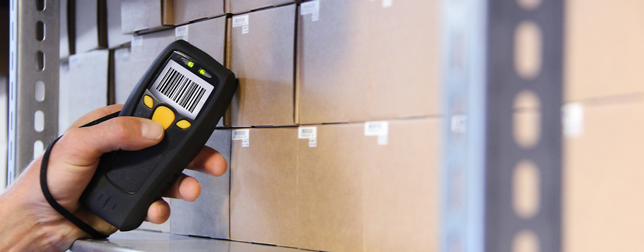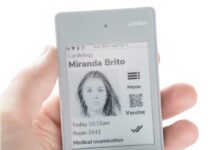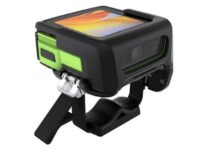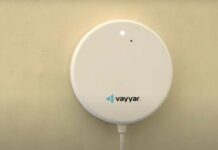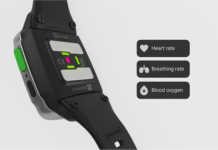Consumers find a great choice of new wearables in the shelves this year. And while we think there is a real business opportunity in the consumer market we believe that in the near future important business will be made with industry applications. Forrester’s Infrastructure & Operations specialist JP Gownder even argues that the potential addressable market for wearable computing solutions in enterprise settings might actually eclipse that of the consumer market.
Wearable Technologies compiled a selection of the most advanced solutions currently available or in the lab for this application area:
Kopin – technology provider of the famous wearable headset Golden-i – claims that its new model Gen 3.8 headset computer will improve productivity, efficiency and safety in the light industrial sector. The device now has a built-in camera and more processing power. Here a use case example of the device:
Besides other companies Kopin works closely with Motorola. Motorola manufactures the so called HC1 Wearable Computer and is licensing the technology from Kopin while the device is running on software created by Ikanos Consulting. Watch the following video to learn more about the cooperation:
The French company Laster Technologies offers various professional and industrial solutions. The company launched a new see through display which currently seeks for funding on Kickstarter:
A variety of glasses and heads-up display solutions come from Vuzix. Partnering with companies like SAP Vuzix works – besides other use case scenarios – on novel solutions for warehouse management systems:
However, head-worn devices might not be suitable for all use cases in an enterprise setting. Just as in the consumer market there are options to wear on your arm. Like the RS419 ring scanner and the WT41N0 Wearable Terminal by Motorola.
Fujitsu recently announced to be working on a wearable device in the form of a glove, equipped with a NFC tag reader and that features gesture-based input for maintenance and other on-site operations – an extremely interesting new approach.

We expect that a lot of these devices will find their way into warehouses, to oil platforms and other industry sectors soon. However, workers and factory managers also do not want to look like cyborgs so product designers do good if the take consumer products as an example for these devices.












